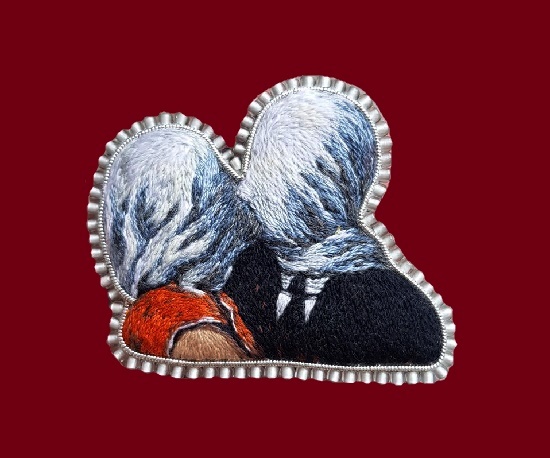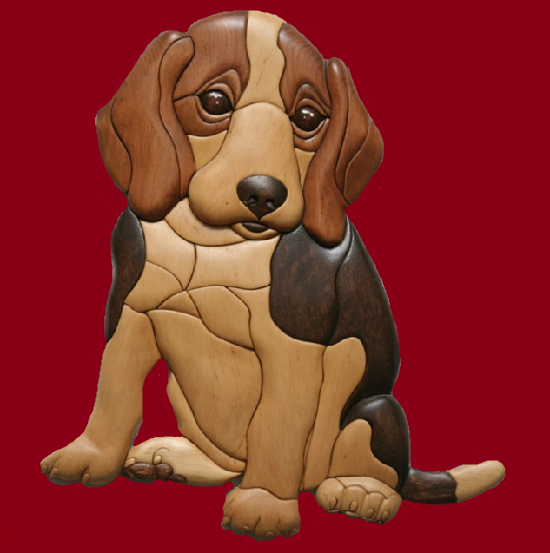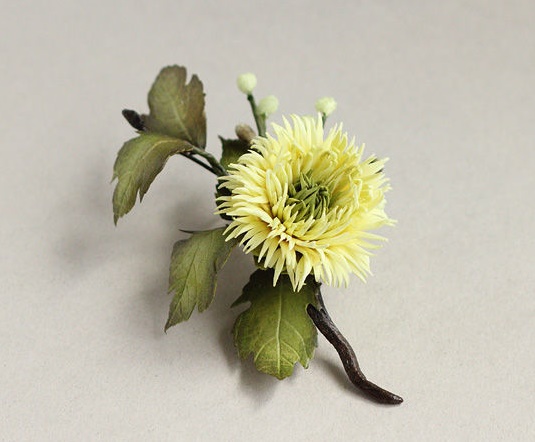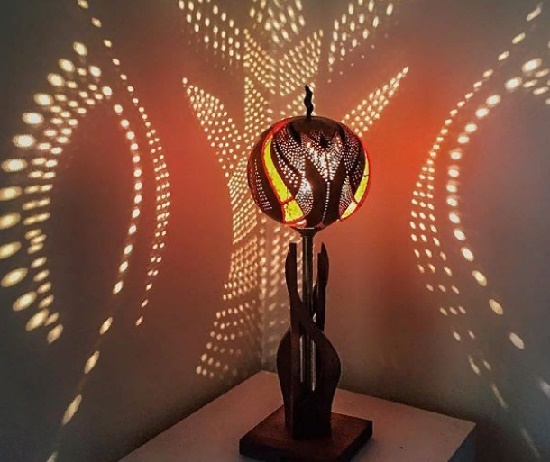Alexey Baburov jewelry art
Alexey Baburov jewelry art
Born in 1968, Russian artist jeweler Alexey Baburov acquired his first skills in jewelry from his father, Vladimir Baburov. Having received the profession of a jeweler artist at the Krasnoselsky School of Artistic Metalworking, he returned to Khabarovsk. Baburov became a member of the Union of Artists of Russia in 1996.
Alexey himself admits that metals, stones, techniques, and indeed everything that can be used in jewelry are nothing more than paints on the artist’s palette for him. Traditionally, he uses various materials, and it doesn’t matter whether it is expensive or cheap stone or metal. Harmony matters.
According to Aleksey, he is against the mass machine production of jewelry, and all his life he has been handcrafting exclusive single items. Machine made jewelry is not art. Such jewelry is deprived of the main thing – the soul and love of the creator.
Read more »






